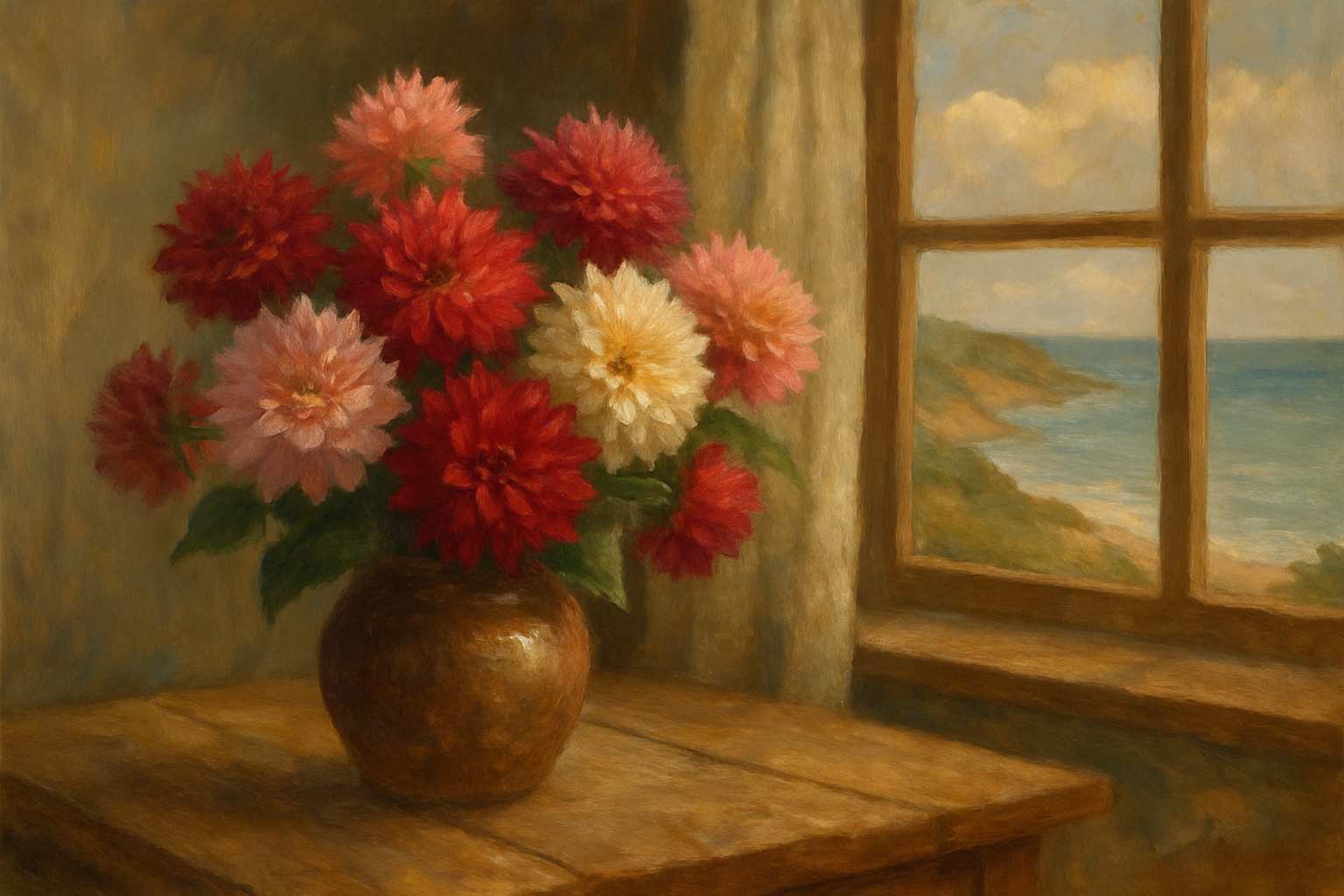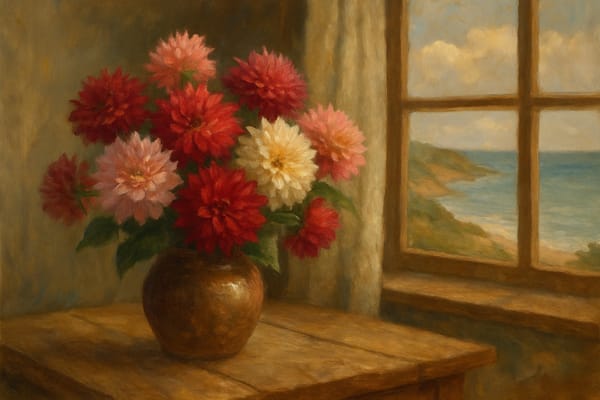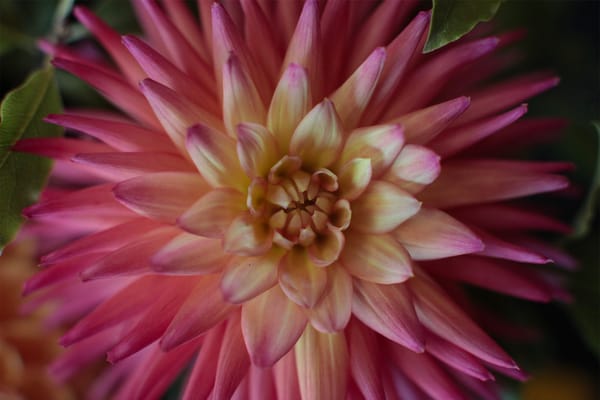Unearthing the Secrets Behind the World’s Most Enigmatic Bloom
From ancient Aztec legends to Victorian secret codes, the dahlia’s history is more than a story of vibrant petals and bold borders. This iconic flower carries a wealth of myths, hidden meanings, and cultural tales—many of which have faded from memory but still whisper through garden gates and festival displays.
In this article, we explore the dahlia’s lesser-known lore, tracing its roots from sacred rituals to romantic intrigue—and uncover why this bloom remains a timeless symbol of strength, transformation, and secret devotion.
A Flower of Myths and Mystery: The Aztec “War Flower”
Long before it adorned English borders, the dahlia was woven into the spiritual fabric of the Aztec world. Native to the highlands of Mexico, it wasn’t merely admired for beauty but revered as a symbol of resilience, life, and cosmic power.
One captivating myth tells of the Earth Goddess, Serpent Woman, commanded to pierce her heart with a dahlia bloom fixed to a maguey leaf. By dawn, she gave birth to the sun god Huizilopochtli—a divine warrior emerging fully armed, embodying the strength and sacrifice the Aztecs saw in the dahlia’s blood-red rays.
Known as the "War Flower," Dahlia coccinea became entwined with themes of endurance, death, and rebirth. Warriors adorned themselves with its fiery blooms, a botanical emblem of valor in life and memory in death.
Crossing Continents: Secrets, Smuggling, and the European Dahlia Craze
Centuries later, Europe fell under the dahlia’s spell—but its arrival wasn’t without scandal.
In post-revolutionary France, Empress Josephine of Malmaison became the ultimate dahlia collector. So protective was she of her prized tubers that her gardeners swore oaths of secrecy. Yet whispers of smuggled roots and clandestine exchanges tell a different story—of stolen plants hidden in luggage and swapped among eager nobles.
These tales of botanical espionage only fueled “dahlia fever” across aristocratic Europe, where the flower became a symbol of wealth, exclusivity, and social rivalry. It wasn’t just a plant; it was a passport to horticultural prestige.
Victorian Codes: The Dahlia in the Language of Flowers
When the Victorians adopted the dahlia into their floriography—the era’s secret language of flowers—it took on new dimensions.
The dahlia became the emblem of devotion, dignity, and lasting bonds, making it a favored bloom in bouquets exchanged between lovers and friends. Every color carried its own subtle message:
| Color | Meaning |
|---|
| Red & Purple | Strength, Passion |
| White | Purity, Renewal |
| Yellow & Orange | Joy, Gratitude |
| Pink | Kindness, Grace |
A carefully composed bouquet could speak volumes in a time when open declarations of love were socially forbidden. A single dahlia whispered of commitment, while a cluster hinted at dignified affection or secret loyalty.
From Sacred Altars to Modern Meaning: The Dahlia’s Enduring Symbolism
Japan’s Floral Emblem of Kindness and Change
In Japanese culture, the dahlia symbolizes kindness, transformation, and the optimism of new beginnings—qualities that echo its resilient nature and radiant beauty.
Mexico’s National Flower: A Legacy of Remembrance
Declared Mexico’s national flower, the dahlia remains a living link to its Aztec roots. Bold blooms are often central to Day of the Dead altars, representing enduring love and honoring ancestors with vibrant remembrance.
A Modern Symbol of Inner Strength
Today, dahlias have come to embody standing out from the crowd, embracing change, and thriving in adversity—a reflection of both their historical tales and their striking presence in the garden.
Forgotten Curiosities and Curious Legends
- The Tuber That Could Feed a Nation: 19th-century botanists believed dahlia tubers might solve European food shortages. Though edible, they never replaced potatoes—a story now remembered as a quirky footnote in horticultural history.
- The Hollow Pipe Plant: The Dahlia imperialis, or tree dahlia, was prized by the Aztecs for its hollow stems—used ingeniously to carry water in ancient gardens.
- Absent from Art, Yet Alive in Legend: Unlike roses or lilies, dahlias seldom appeared in classic European art—perhaps because their story is still unfolding, carried more by gardeners and storytellers than painters and poets.
Why These Stories Matter
Why explore these myths and meanings? Because every garden tells a story—and the plants we choose are part of that narrative. Understanding the dahlia’s past enriches our connection to this remarkable flower, turning a beautiful bloom into a living emblem of heritage, resilience, and human creativity.
In a world of fleeting trends, the dahlia’s legacy reminds us that some stories—and some flowers—are worth remembering.

Sign up for The Cornish Garden
A modern gardening blog rooted in Cornwall, sharing seasonal tips, plant profiles, patch plans, natural dyeing, and stories from wild and edible gardens.
No spam. Unsubscribe anytime.












